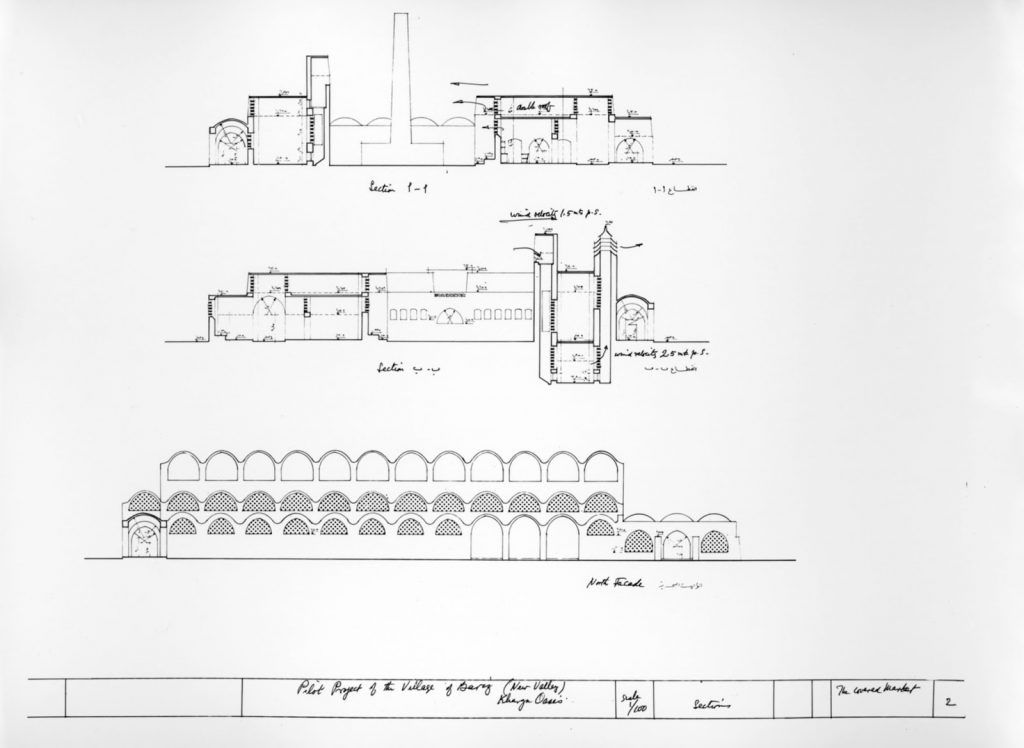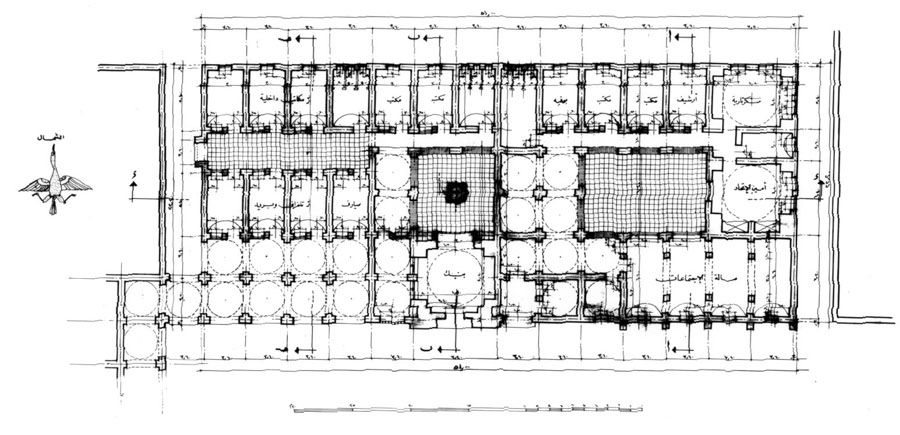“In architectural criticism, the concepts of past, present, and future are used capriciously, and the present is extended to mean the whole modern epoch. To avoid being arbitrary, we must establish some standards of reference that involve the concept of contemporaneity.
The word “contemporary” is defined as meaning “existing, living, occurring at the same time as.” The word implies a comparison between at least two things, and it conveys no hint of approval or disapproval. But as used by many architects, the word does carry a value judgment. It means something like “relevant to its time” and hence to be approved, while “anachronistic” means “irrelevant to its time” and is a term of disapproval. This raises the two questions of what we mean by time and what we mean by relevance, and to what.
Now, if we are to reconcile chronological time with the artist’s definition of contemporaneity, we may say that to be relevant to its time, to be contemporary, a work of architecture must be part of the bustle and turmoil, the ebb and flow of everyday life; it must relate harmoniously to the rhythm of the universe, and it must be consonant with man’s current stage of knowledge in the human and the mechanical sciences, and in their inseparable relationship within planning and architectural design.
To judge the criterion of contemporaneity, we must sense the forces that are working for change, and must not passively follow them but rather control and direct them where we think they should aim. Physical and aerodynamic analysis has shown that many of the concepts embodied in the design of houses of the past remain as valid today as they were yesterday and that, judged by the same standards, much of what is called modern is in fact anachronistic. We must determine what is basic and constant and thus worth keeping, and what is ephemeral and transient and can be discarded.
Looking to the future, we see that the situation at any given time largely determines the coming stage in development and change. Thus there would be no problem were the present situation of architecture normal, that is to say, truly contemporary. The future would then take care of itself. But unfortunately that is not the case, and it is the responsibility of the modern architect to find a remedy. He must renew architecture from the moment when it was abandoned; and he must try to bridge the existing gap in its development by analyzing the elements of change, applying modern techniques to modify the valid methods established by our ancestors, and then developing new solutions that satisfy modern needs.”
“En la crítica arquitectónica, los conceptos de pasado, presente y futuro se usan de manera caprichosa, y el presente se extiende por completo a la época moderna. Para evitar ser arbitrario, debemos establecer algunos estándares de referencia que impliquen el concepto de contemporaneidad
La palabra contemporáneo se define como existente, aconteciendo en este momento. La palabra implica una comparación entre al menos dos realidades, y no expresa una pista de aprobación. Usada por muchos arquitectos, no conlleva un juicio de valor. Viene a significar algo así como relevante en este momento, y así se aprueba, mientras que anacrónico significa irreleventa en este momento, siendo un término de desaprobación.
Si quisiéramos reconciliar el tiempo cronológico con la definición artística de contemporaneidad, quizá debiéramos indicar que para ser relevante a su tiempo, contemporáneo, una obra de arquitectura debe ser parte del ajetreo y la confusión, el flujo y el sentir de cada día; se debe relacionar con armonía con el ritmo del universo, y debe ser consonante con el estado actual de conocimiento del hombre y con la ciencia, y en su inseparable relación entre planeamiento y diseño arquitectónico.
Para juzgar el criterio de contemporaneidad, debemos sentir las fuerzas que trabajan por el cambio, y no seguir pasivamente la dirección que nos indican. El análisis de disciplinas como la física y la aerodinámica ha mostrado que muchos conceptos presentes en el diseños de viviendas del pasado permanecen válidos hoy en día, juzgados por los mismos estándares, mientras que mucho de lo que denominamos moderno es sin embargo anacrónico. Debemos determinar qué es básico y constante y así analizar si merece la pena ser preservado, y qué es efímero y transitorio para descartarlo.
Mirando hacia el futuro, vemos que la situación de cualquier época determina las fases posteriores en cuanto a desarrollo y cambio. Así, no debería haber preocupación en ver si la arquitectura del presente es realmente contemporánea. El futuro se encargará de sí mismo. Desgraciadamente, es responsabilidad del arquitecto moderno encontrar remedio. Debe renovar la arquitectura del momento cuando ésta fue abandonada, debe tender puentes sobre el vacío hacia su desarrollo analizando los elementos de cambio, aplicando técnicas modernas para modificar los métodos válidos establecidos por sus ancestros, y entonces desarrollar nuevas soluciones que satisfagan las necesidades modernas.”
Hassan Fathy
 |
| Image by Viola Bertini |
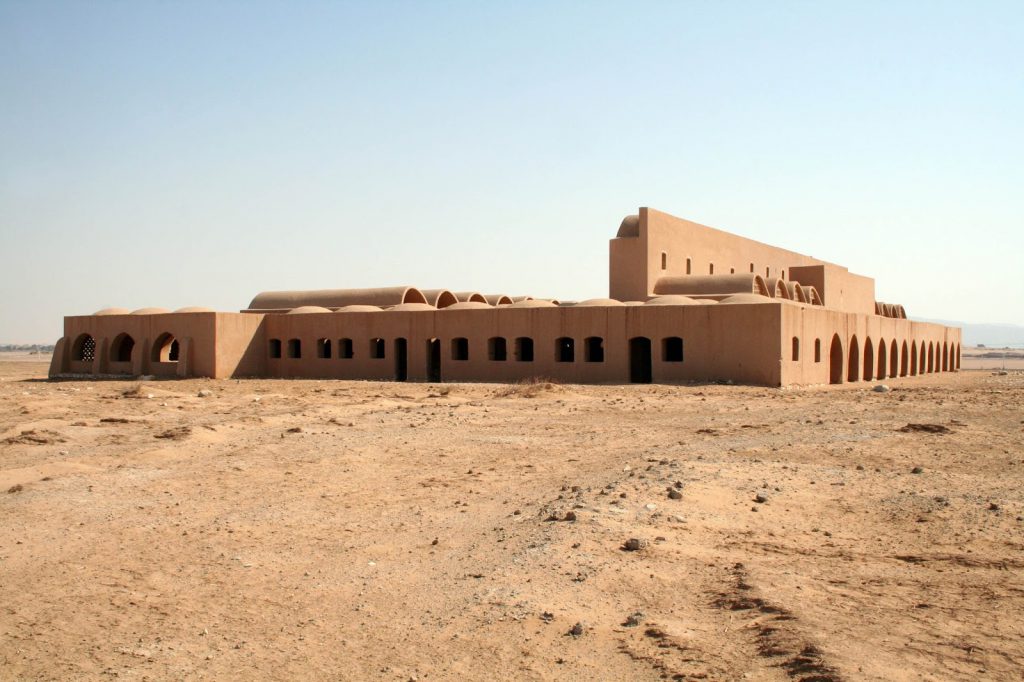 |
| Image by Viola Bertini |
 |
| Image by Viola Bertini |
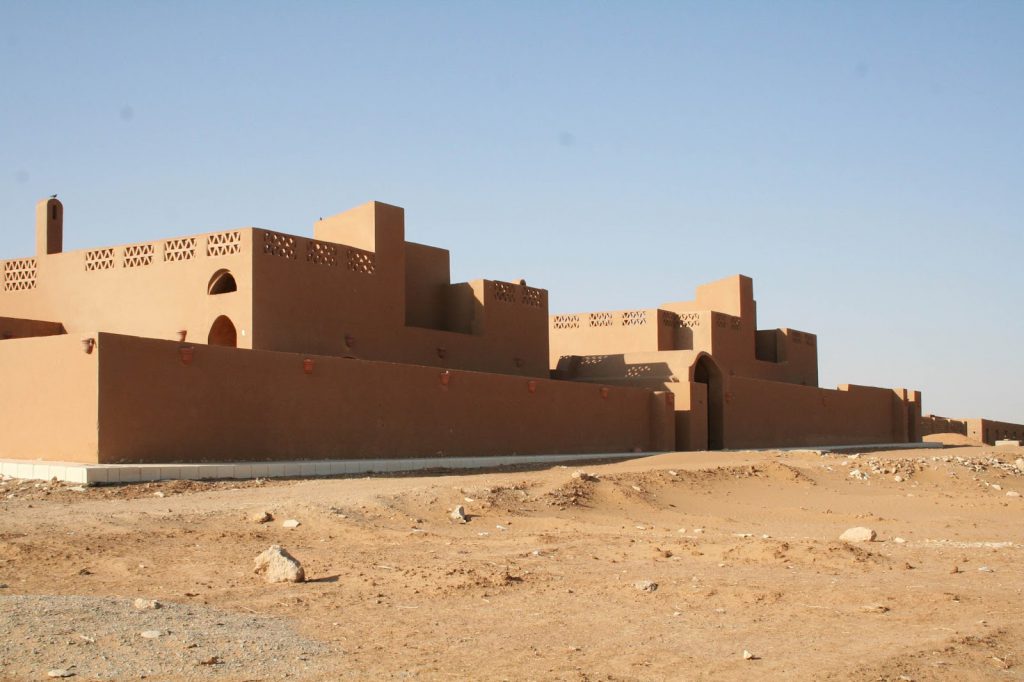 |
| Image by Viola Bertini |
 |
| Image by Chant Avedissian |
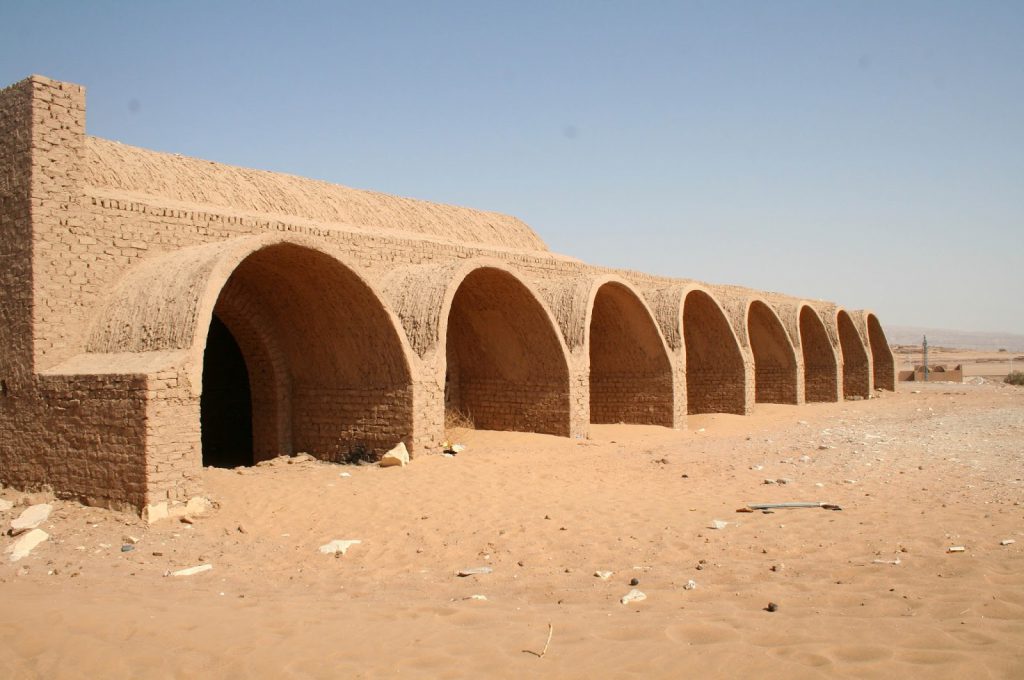 |
| Image by Viola Bertini |
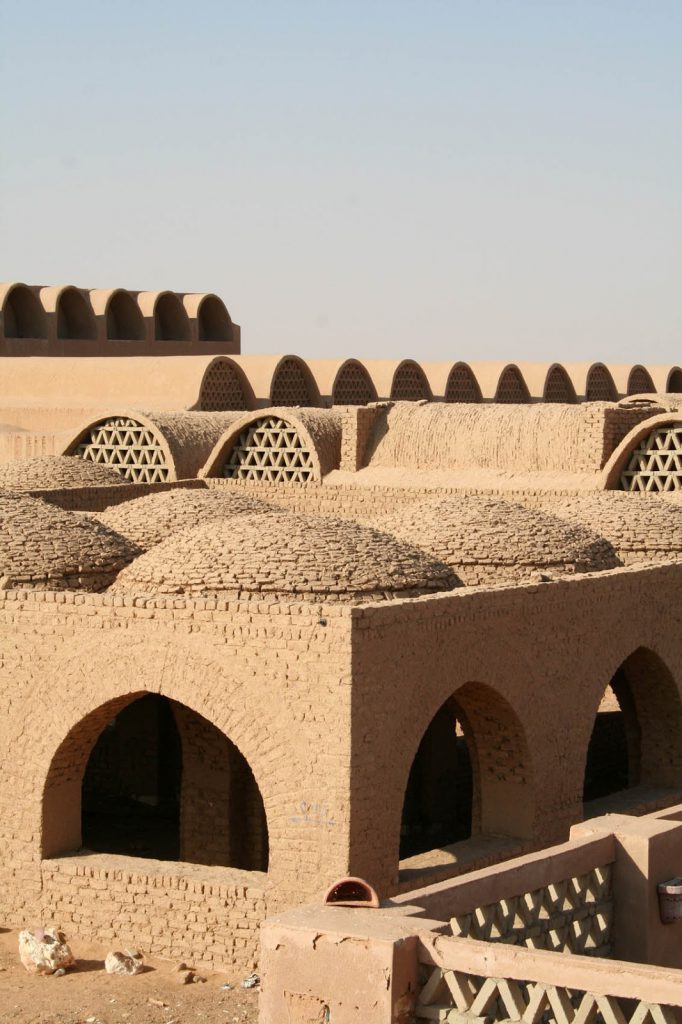 |
| Image by Viola Bertini |
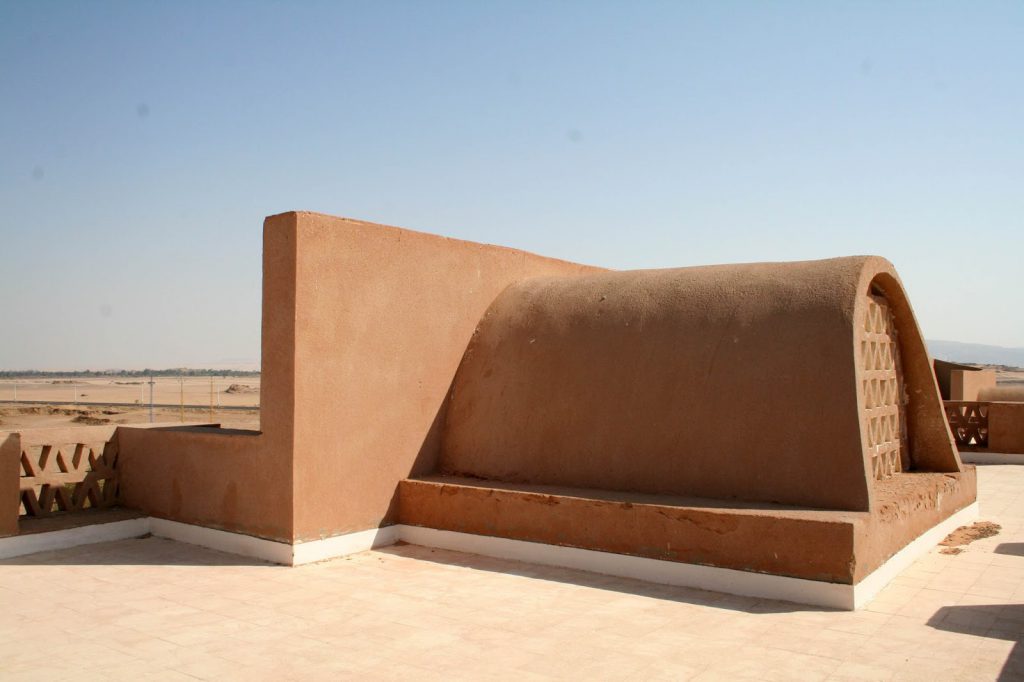 |
| Image by Viola Bertini |
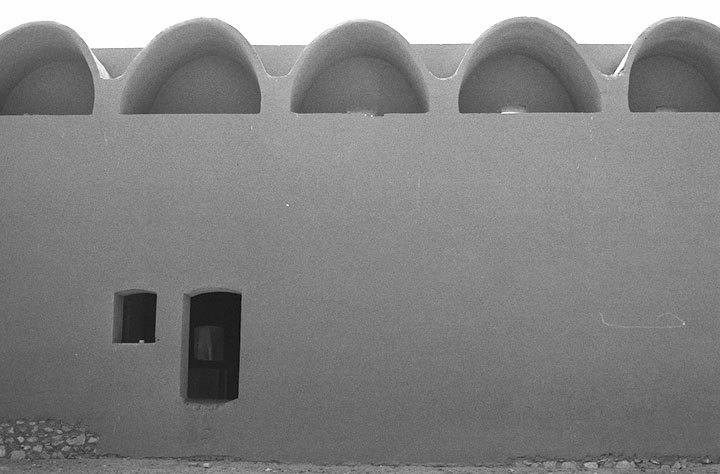 |
| Image by Chant Avedissian |
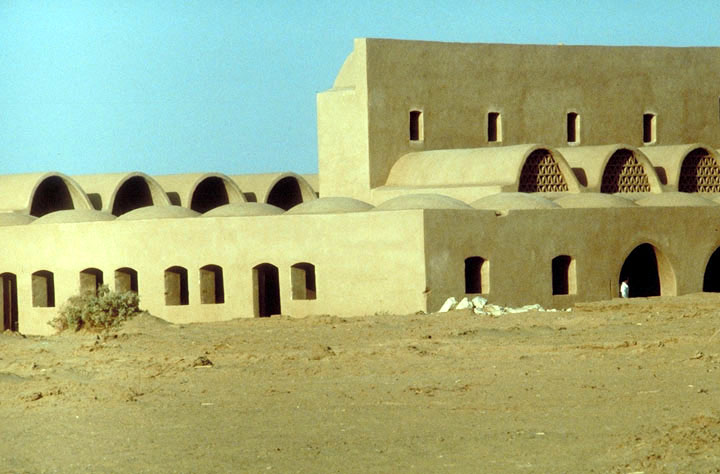 |
| Image by Chant Avedissian |
 |
| Image by Viola Bertini |
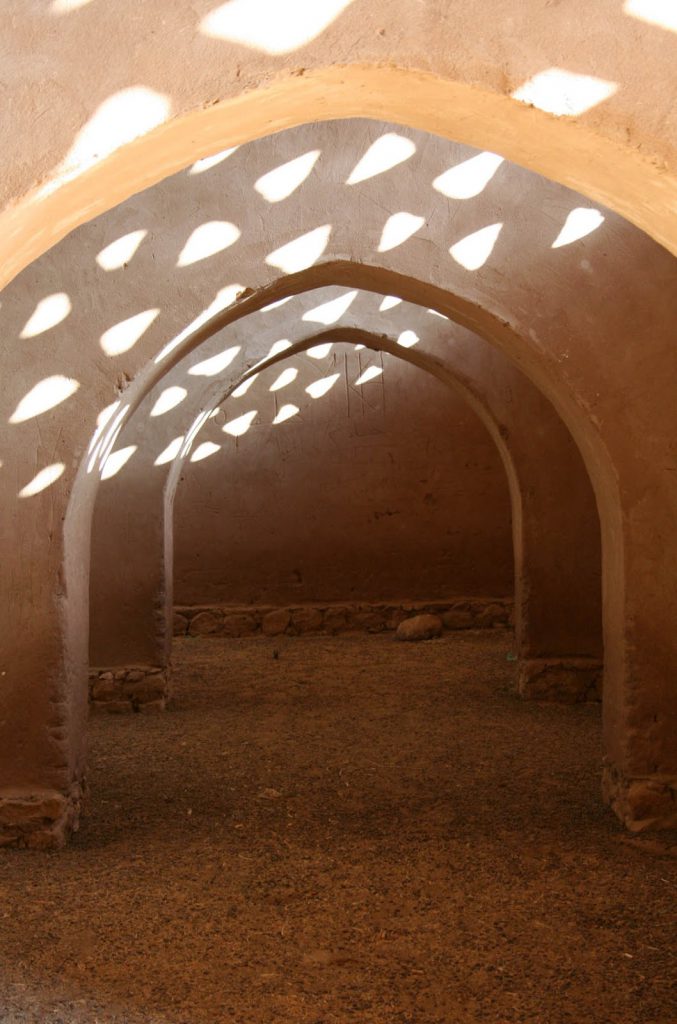 |
| Image by Viola Bertini |
 |
| Image by Viola Bertini |
 |
| Image by Christopher Little |
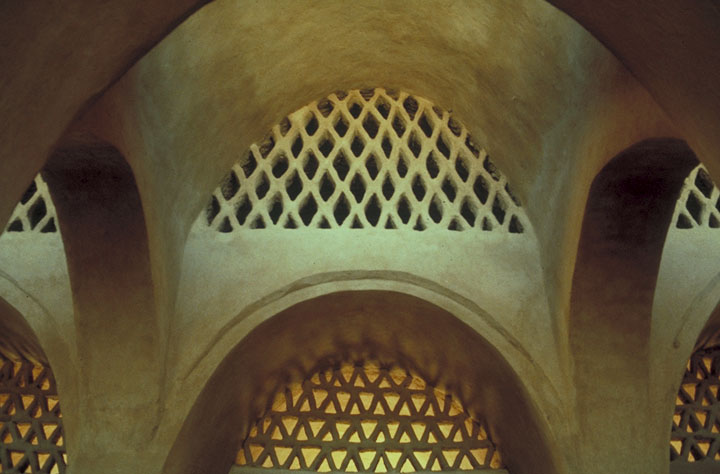 |
| Image by Chant Avedissian |
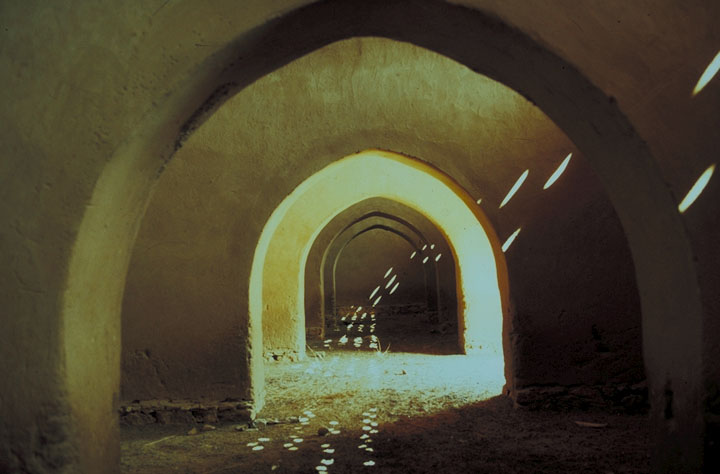 |
| Image by Chant Avedissian |


















